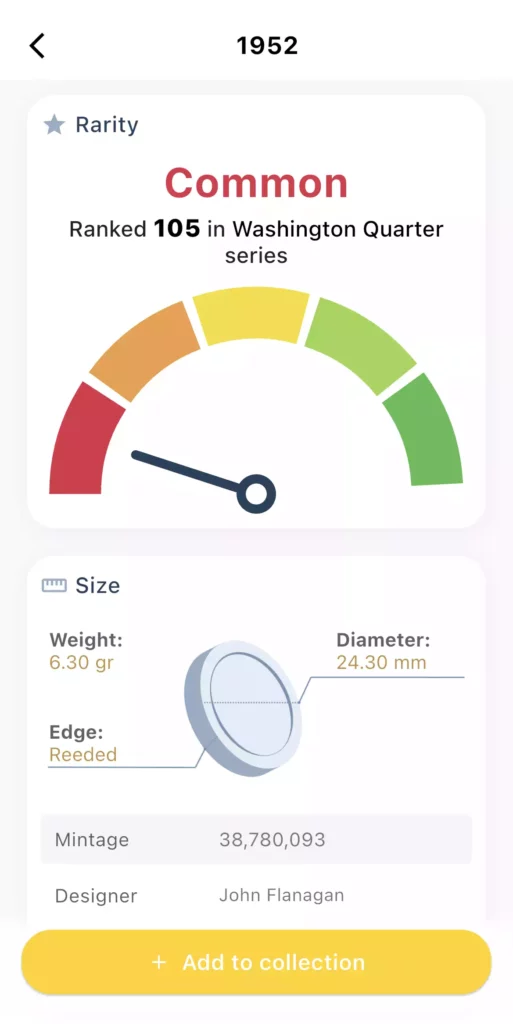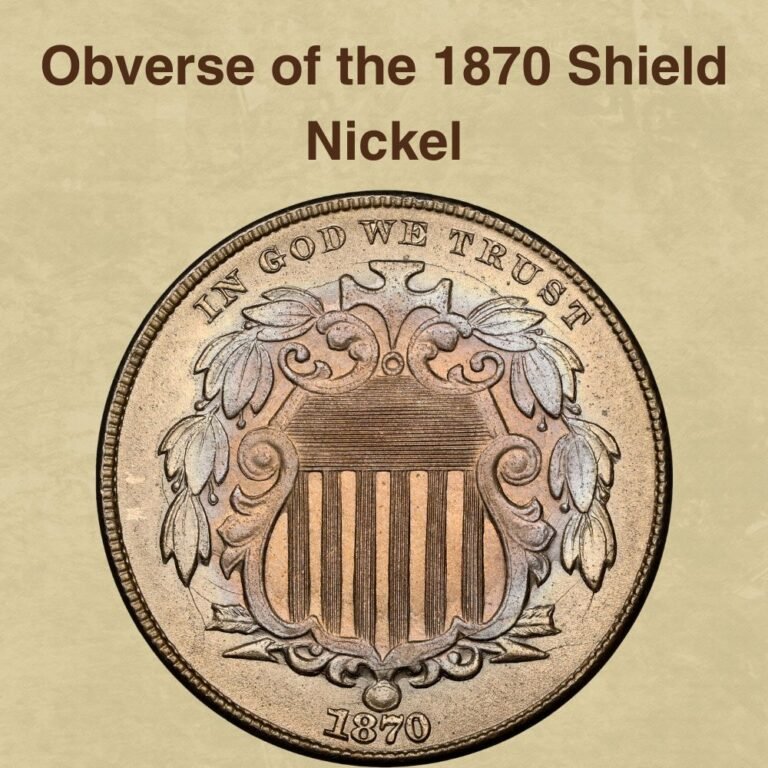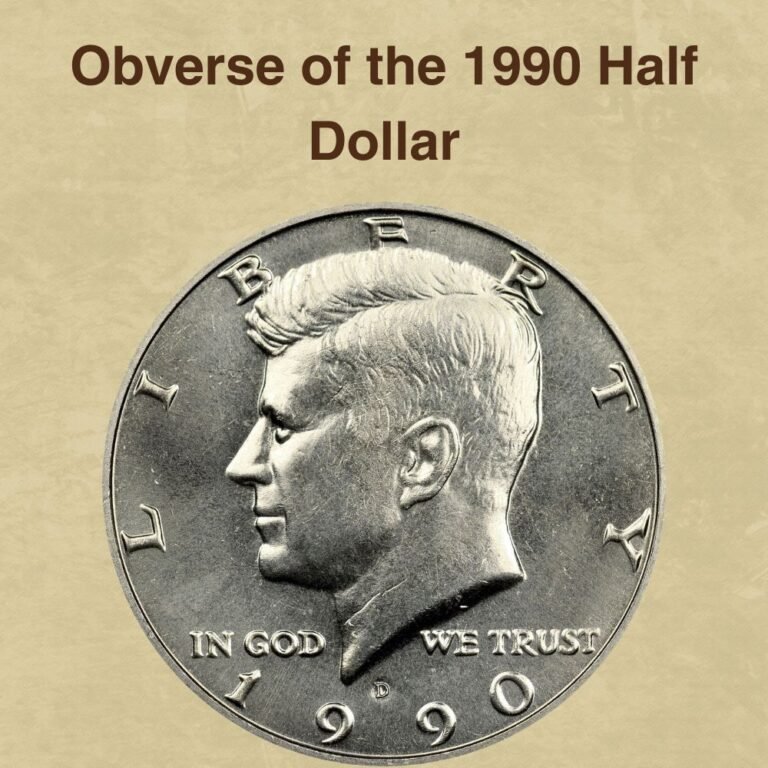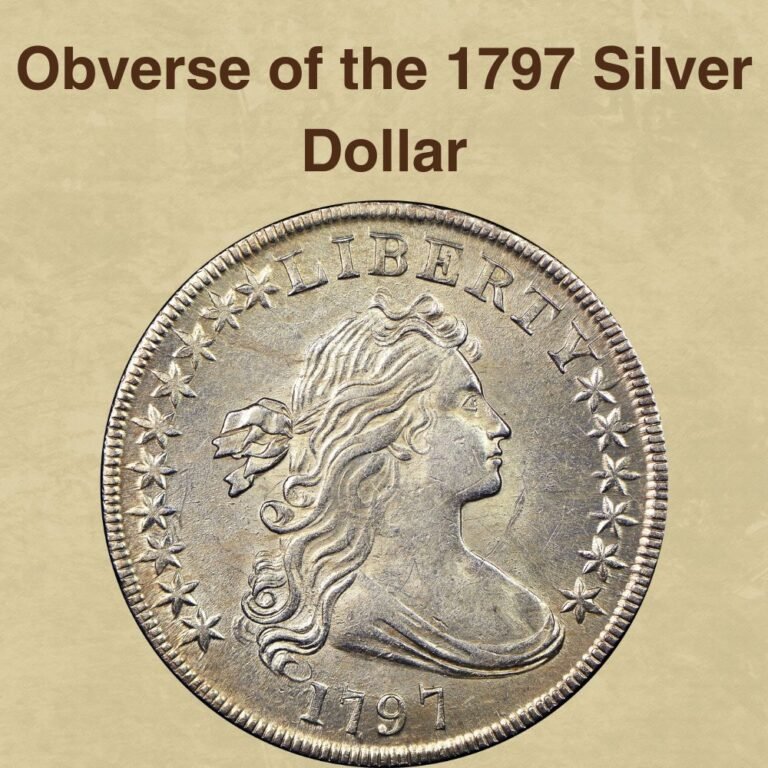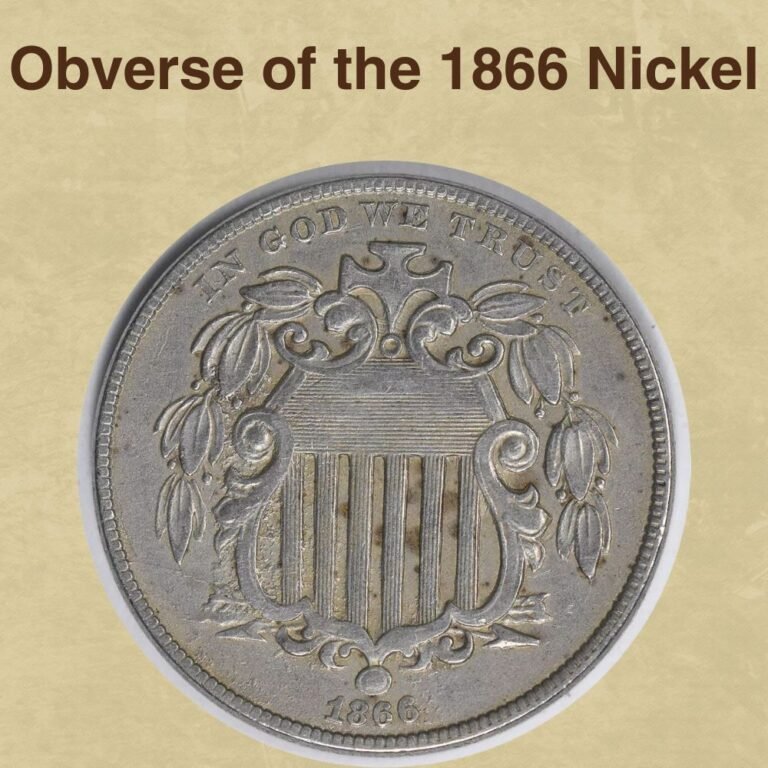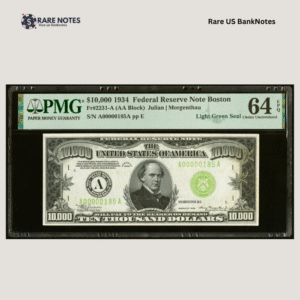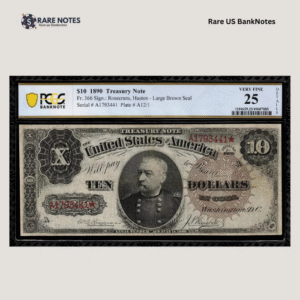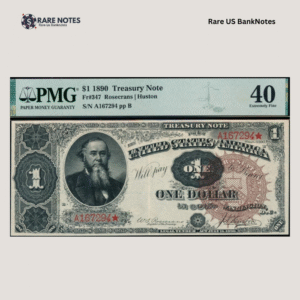Still have that 1952 quarter? Good. Because the market just told us something interesting.
After crunching data on thousands of transactions, we found that 1952 quarters are defying conventional wisdom. The ones bringing serious money aren’t necessarily the lowest mintage or highest grades—they’re the coins with specific characteristics that 99% of collectors overlook.
Think your quarter is just worth its silver content? Maybe. But first, let me show you what the actual sales data reveals about these overlooked post-war coins. The results might surprise you.
1952 Quarter Value By Variety
Here’s the complete breakdown of 1952 quarter values across all varieties—from common circulation strikes to the ultra-rare Deep Cameo proofs—showing current market prices for each grade level.
1952 Quarter Value Chart
| TYPE | GOOD | FINE | AU | MS | PR |
|---|---|---|---|---|---|
| 1952 No Mint Mark Quarter Value | $6 | $6 | $7 | $86 | — |
| 1952 D Quarter Value | $6 | $6 | $7 | $559 | — |
| 1952 S Quarter Value | $6 | $6 | $7 | $436 | — |
| 1952 PR Quarter Value | — | — | $17 | — | $127 |
| 1952 CAM Quarter Value | — | — | — | — | $432 |
| 1952 DCAM Quarter Value | — | — | — | — | $5,356 |
Tip: Use our CoinValueChecker App for real-time variety identification and current market values.
1952 Quarter Market Trend
Market Interest Trend Chart – 1952 Quarter
The decade-long market interest pattern for 1952 quarters tells a story of boom, bust, and recovery that most collectors completely missed.
From 2015 to 2018, we see extreme volatility with multiple peaks—classic speculative behavior. The dramatic spike in 2017-2018 reaching nearly 16K represents peak hype, followed by an inevitable crash to near-bottom levels by 2019. This wasn’t gradual decline; it was capitulation.
But here’s what’s interesting: since 2020, the market found a floor around 3K-4K and has been quietly building. The recent uptick through 2024-2025 shows renewed, sustainable interest—not the frenzied speculation of the past, but steady accumulation by serious collectors.
This mature pattern suggests 1952 quarters have finally shaken off the speculators and found their true collector base. The current upward trend looks organic rather than hype-driven, indicating potential for continued growth without the wild swings of the past.
Curious how 1952 quarters compare to other dates? Explore the US Coin Market Trend Ranking (Top 100) to see which coins are gaining real momentum.
History of the 1952 Quarter
The 1952 quarter emerged during a pivotal moment in American numismatics. As the Korean War demanded increased metal resources, the U.S. Mint faced competing pressures—maintaining coin production for a growing economy while conserving strategic materials. This resulted in notable quality variations across the three mints.
Philadelphia struck 38,862,073 quarters, Denver produced 49,795,200, and San Francisco contributed 13,707,800. Despite Denver’s higher output, their coins often showed weaker strikes due to overworked dies. San Francisco, with the lowest mintage, generally produced the sharpest examples, continuing their reputation for superior quality control.
The proof production resumed after a two-year hiatus, with Philadelphia striking 81,980 proof quarters.
These featured brilliant mirror fields and sharp details, though the concept of “cameo” contrast wasn’t yet recognized. Today’s collectors prize the rare deep cameo examples that show exceptional frost on the devices.
An interesting production anomaly occurred at San Francisco, where some quarters exhibit proof-like characteristics despite being business strikes. These weren’t intentional varieties but resulted from fresh dies or specially prepared planchets.
The 1952 quarter also marked one of the last years before proof production moved entirely to Philadelphia in 1955, making the scattered proof-like strikes from branch mints particularly collectible today.
Is Your 1952 Quarter Rare?
1952 No Mint Mark Quarter
1952-D Quarter
1952-S Quarter
1952 PR Quarter
1952 CAM Quarter
1952 DCAM Quarter
The rarity scores for 1952 quarters reveal a fascinating hierarchy that defies conventional logic. Despite similar mintages, Denver quarters score 33 and rank 51st—actually scarcer than both Philadelphia (29, ranked 105th) and San Francisco (29, ranked 101st). This suggests factors beyond mintage affect survival rates, possibly due to regional saving habits or distribution patterns.
The real stars are the proof varieties. Regular proofs score just 25, ranking 126th, but Cameo proofs jump to 40 (ranked 34th as “Rare”), while Deep Cameo proofs achieve an impressive 64, ranking 8th as “Ultra Rare” among all Washington quarters. This dramatic progression shows how contrast quality exponentially increases scarcity.
Want to check your own quarters’ rarity? The CoinValueChecker App instantly identifies rarity scores and varieties with AI-powered image recognition—perfect for spotting those elusive cameo characteristics.

These scores demonstrate why condition and special characteristics matter more than mintage alone. For the complete ranking of scarce dates, explore the Washington Quarter Key Dates (Rarity Ranking) to discover which years truly command premium prices.
Key Features of the 1952 Quarter
The 1952 Washington quarter marks the 20th year of Flanagan’s classic design, produced during the Korean War when quality control varied significantly between mints. This year saw the return of proof coinage after a two-year hiatus.
The Obverse of The 1952 Quarter

Washington’s left-facing portrait dominates the obverse, with LIBERTY above and “IN GOD WE TRUST” to the left. Flanagan’s initials “JF” appear at the neck base, while “1952” anchors the bottom. The design remained unchanged from previous years, maintaining the dignity that made it America’s longest-running quarter design.
The Reverse of The 1952 Quarter

The heraldic eagle spreads its wings across the reverse, grasping 13 arrows with an olive branch beneath. “UNITED STATES OF AMERICA” and “E PLURIBUS UNUM” arc above, with “QUARTER DOLLAR” below. Mint marks D or S appear beneath the olive branch for Denver and San Francisco issues.
Other Features of The 1952 Quarter
Each 1952 quarter contains 90% silver (0.18084 troy ounces) and 10% copper, weighing 6.25 grams. The diameter measures 24.3 mm with a reeded edge. Special varieties include regular proofs, scarce cameo proofs, and ultra-rare deep cameo proofs that show exceptional contrast between frosted devices and mirror fields.
1952 Quarter Mintage & Survival Data
1952 Quarter Mintage & Survival Chart
Survival Distribution
| Type | Mintage | Survival | Survival Rate |
|---|---|---|---|
| No Mint | 38,780,093 | 3,878,000 | 10% |
| D | 49,795,200 | 4,980,000 | 10.001% |
| S | 13,707,800 | 1,371,000 | 10.0016% |
| PR | 81,980 | 60,000 | 73.1886% |
| CAM | 81,980 | 5,700 | 6.9529% |
| DCAM | 81,980 | 375 | 0.4574% |
The 1952 quarter production data reveals intriguing survival patterns across all varieties. Denver led with 49.8 million minted, followed by Philadelphia at 38.8 million and San Francisco at 13.7 million. All three business strikes show remarkably consistent 10% survival rates, meaning roughly 90% have been lost to silver melting or heavy circulation.
The proof varieties tell a different story. Of 81,980 proofs minted, regular proofs survived at 73%, but the breakdown by finish is dramatic: only 5,700 cameo proofs remain (6.95% survival) and a mere 375 deep cameo proofs exist today (0.46% survival). This extreme rarity for DCAM proofs explains their $5,000+ values.
The data highlights how special characteristics matter more than original mintage. While Denver produced the most coins, their survival numbers simply mirror production ratios. Meanwhile, the proof varieties—despite identical mintages—show vastly different survival rates based on their finish quality.
Want to see how 1952 survival rates compare across the series? Check out the Washington Quarter Survival Ranking (Top 100) to discover which dates beat the odds.
1952 Quarter Grading
Grading 1952 quarters requires careful attention to strike quality, which varied significantly between mints. Start with Washington’s hair details—Denver strikes often show weakness above the ear, while San Francisco examples typically display sharper definition. Check the eagle’s breast feathers; full separation indicates a well-struck coin worth premium prices.
For Mint State coins, the jump from MS-63 to MS-65 can mean hundreds of dollars difference. Focus on contact marks in the open fields and Washington’s cheek.
The CoinValueChecker App uses AI technology to instantly analyze these wear patterns and surface quality, providing accurate grade estimates from a simple photo—especially helpful for spotting subtle cameo contrast on proof coins.

Proof grading adds another dimension. Regular proofs show mirror fields, cameo proofs display light frost on devices, while deep cameo proofs exhibit heavy frost creating dramatic contrast. The difference between CAM and DCAM designation can mean thousands in value.
Master these grading nuances with our comprehensive guide: How to Grade Washington Quarters.
1952 Quarter Value Guides
The 1952 quarter series offers six distinct collecting opportunities, from common business strikes to the ultra-rare deep cameo proofs.
- 1952 No Mint Mark (Philadelphia)
- 1952-D (Denver)
- 1952-S (San Francisco)
- 1952 PR (Proof)
- 1952 CAM (Cameo Proof)
- 1952 DCAM (Deep Cameo Proof)
Understanding the value differences between these six varieties is crucial for collectors. While the three business strikes trade near silver melt value in lower grades, their Mint State examples show surprising variation—Denver quarters often bring less despite higher mintage due to strike quality issues. The real treasures are the proof varieties: regular proofs are relatively affordable, but cameo examples command strong premiums, and deep cameo proofs represent the pinnacle of desirability with fewer than 400 known survivors commanding four-figure prices.
1952 No Mint Mark Quarter Value

The 1952 Philadelphia quarter stands out for its production inconsistencies during a challenging minting year. With 38.8 million struck, it falls between Denver’s higher output and San Francisco’s lower mintage, yet quality varied dramatically.
Many examples show weak strikes on Washington’s hair and the eagle’s breast feathers—a result of overworked dies and wartime metal conservation efforts. Interestingly, some early strikes from fresh dies exhibit proof-like qualities with semi-reflective fields, creating an unofficial variety that collectors actively seek today.
1952 No Mint Mark Quarter Price/Grade Chart
Price by 1-70 Grade (Latest Auction Records Included)


